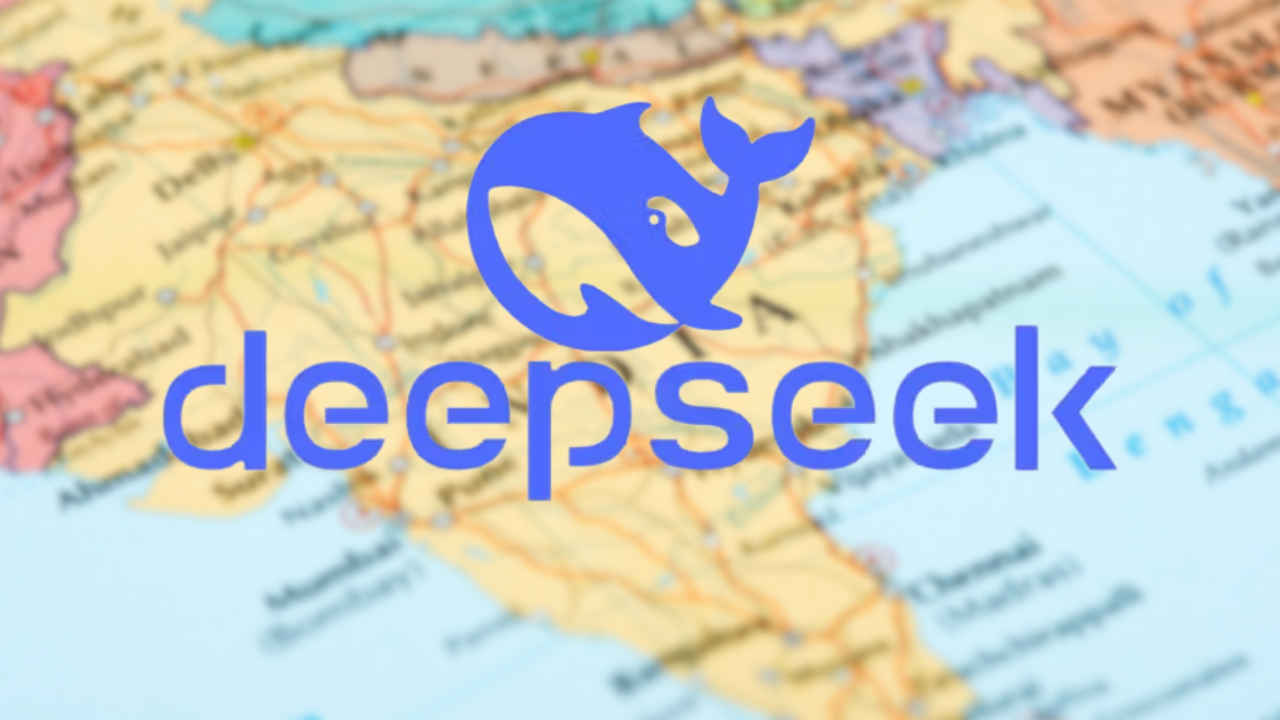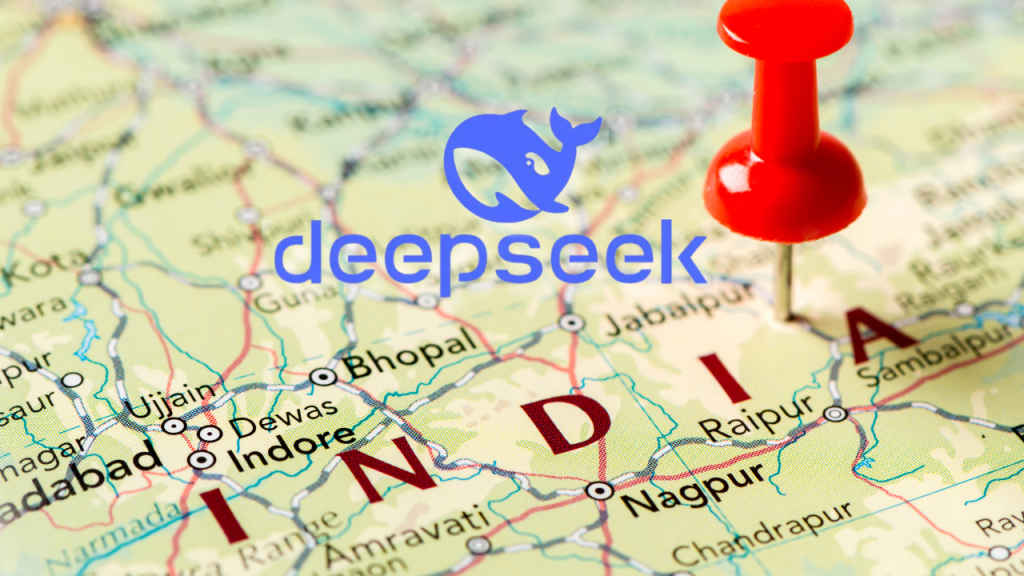DeepSeek R1: A wake-up call for Indian AI ambition, say startup investors

In a world dominated by AI giants like OpenAI, Google, and Meta, the launch of DeepSeek R1 has emerged as a transformative moment. Developed with less than $6 million in funding, this AI platform has not only disrupted the global AI ecosystem but also sparked critical conversations about innovation, accessibility, and opportunity.
 Survey
SurveyAlso read: Deepseek R1 vs Llama 3.2 vs ChatGPT o1: Which AI model wins?
For India, DeepSeek’s success represents more than just a technological breakthrough — it is a clarion call to seize its place in the AI revolution.
DeepSeek AI disruption: Lessons for India
DeepSeek R1’s development has shattered the long-held belief that cutting-edge AI requires billion-dollar investments and vast infrastructure. With its modest budget and efficient design, the platform has proven that smaller teams can achieve groundbreaking results.
Also read: Meet Janus-Pro-7B: DeepSeek’s free AI image generation tool
Bruce Keith, Co-Founder and CEO of InvestorAi, captured the significance of this moment: “The fact that they created this platform with under $6 million investments has shaken tech CEOs globally, highlighting that game-changing innovations don’t necessarily need billion-dollar investments.”
For India, where startups often face resource constraints, this is a powerful reminder that innovation is not solely a function of capital. DeepSeek’s success offers a blueprint for Indian entrepreneurs to build competitive AI models at significantly lower costs.

India’s AI opportunities
India is already positioning itself as a global hub for artificial intelligence. The government’s ambitious ₹10,300 crore IndiaAI Mission aims to foster innovation and build infrastructure to support AI development. Plans to deploy 10,000 GPUs through public-private partnerships are underway, signalling India’s intent to lead in this space.
Narendra Bhandari, General Partner at Seafund, views DeepSeek as a pivotal moment for Indian startups. “DeepSeek and some of the other newer models have demonstrated a fantastic opportunity for India. Indian startups can aspire to build relevant models at much lower costs,” he said.
Also read: DeepSeek praised by Silicon Valley: The $6 million AI disruption
However, Bhandari emphasised that infrastructure alone will not suffice. To fully capitalise on this opportunity, he urged policymakers to focus on attracting global talent — including members of the Indian diaspora — and balancing research funding across universities and industry to create a robust ecosystem.
This vision aligns with initiatives like Design-Linked Incentives (DLI), which promote indigenous chip designs and their adoption by large computing installations. Such measures could enable India to build cost-effective solutions tailored to its unique challenges in sectors such as agriculture and healthcare.
Rethinking AI: From software to solutions
One of the most significant lessons from DeepSeek’s success is the need to rethink how AI is approached. Bhaskar Majumdar, Managing Partner at Unicorn India Ventures, believes India must shift its perspective: “I strongly believe that India should see AI as a ‘solution’ rather than software.”
Majumdar pointed out that while India is investing heavily in Nvidia GPUs for cloud accelerators, DeepSeek highlights the potential for disruption in hardware as well. He predicted that power-efficient chips designed for specific solutions could challenge Nvidia’s dominance in the coming years — a disruption Indian companies like Netrasemi are already preparing for.
This shift toward solution-centric thinking could help India address local challenges while positioning itself as a global leader in AI innovation.
Also read: DeepSeek AI: Beyond ChatGPT, 5 ways DeepSeek is rewriting AI rules

Democratisation of AI: Roadmap for India
DeepSeek R1 has shown that innovation need not be exclusive or prohibitively expensive. By democratising access to advanced AI capabilities, it has opened doors for countries like India to compete on a global stage without being constrained by infrastructure gaps or limited resources. India must now focus on three key areas:
- Developing Localised Models: Build AI solutions tailored to India-specific challenges such as multilingual communication and rural healthcare delivery.
- Fostering Affordable Innovation: Follow DeepSeek’s example by prioritising cost-effective approaches over resource-intensive strategies.
- Expanding Talent Development: Invest in training programmes like IndiaAI FutureSkills to equip professionals with expertise in data science and machine learning.
No time to waste
DeepSeek R1 is more than just an impressive technological achievement — it is a wake-up call for nations worldwide. For India, it represents an unprecedented opportunity to lead in artificial intelligence by leveraging its talent pool, fostering localised solutions, and embracing cost-efficient innovation.
As Bhaskar Majumdar aptly put it: “The DeepSeek moment is a reminder that accepting status quo is a wrong strategy.” For India, this is not just about catching up with global leaders; it is about setting new benchmarks and proving that true innovation knows no boundaries — financial or otherwise. The question now is whether India will rise to meet this challenge and turn its immense potential into tangible leadership in the global AI landscape. The time to act is now.
Also read: DeepSeek vs ChatGPT and NVIDIA: Making AI affordable again?
Sagar Sharma
A software engineer who happens to love testing computers and sometimes they crash. While reviving his crashed system, you can find him reading literature, manga, or watering plants. View Full Profile